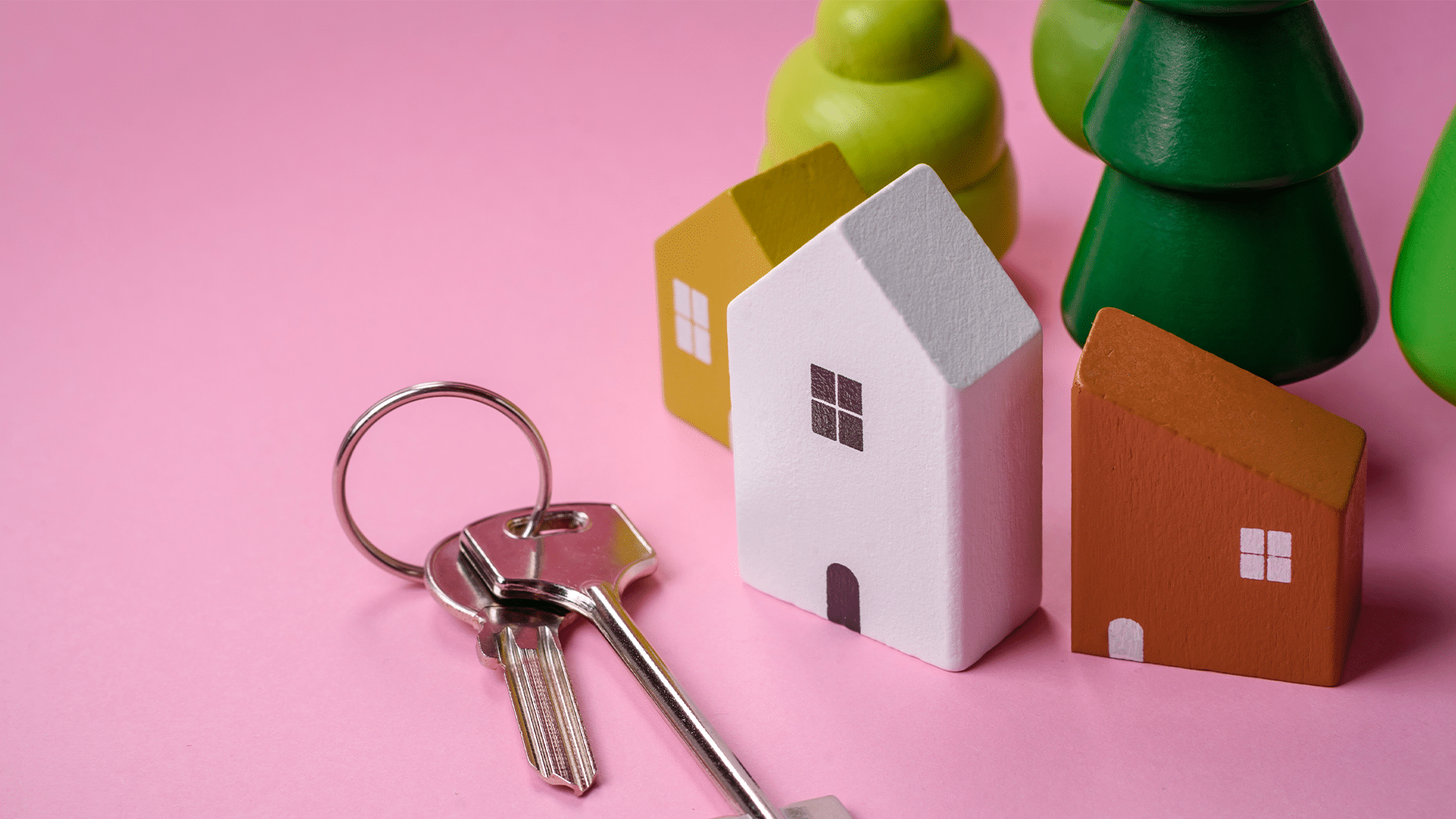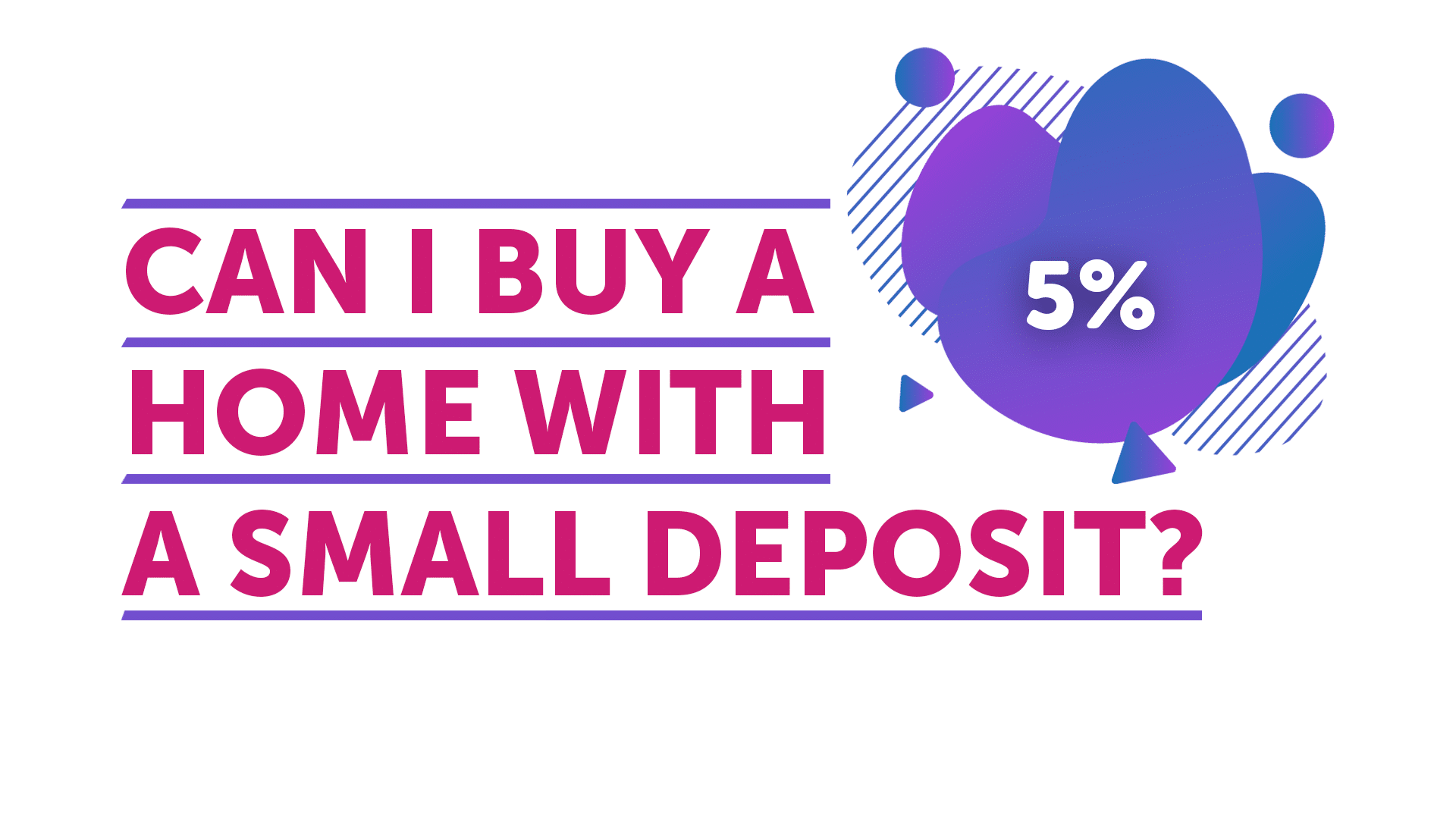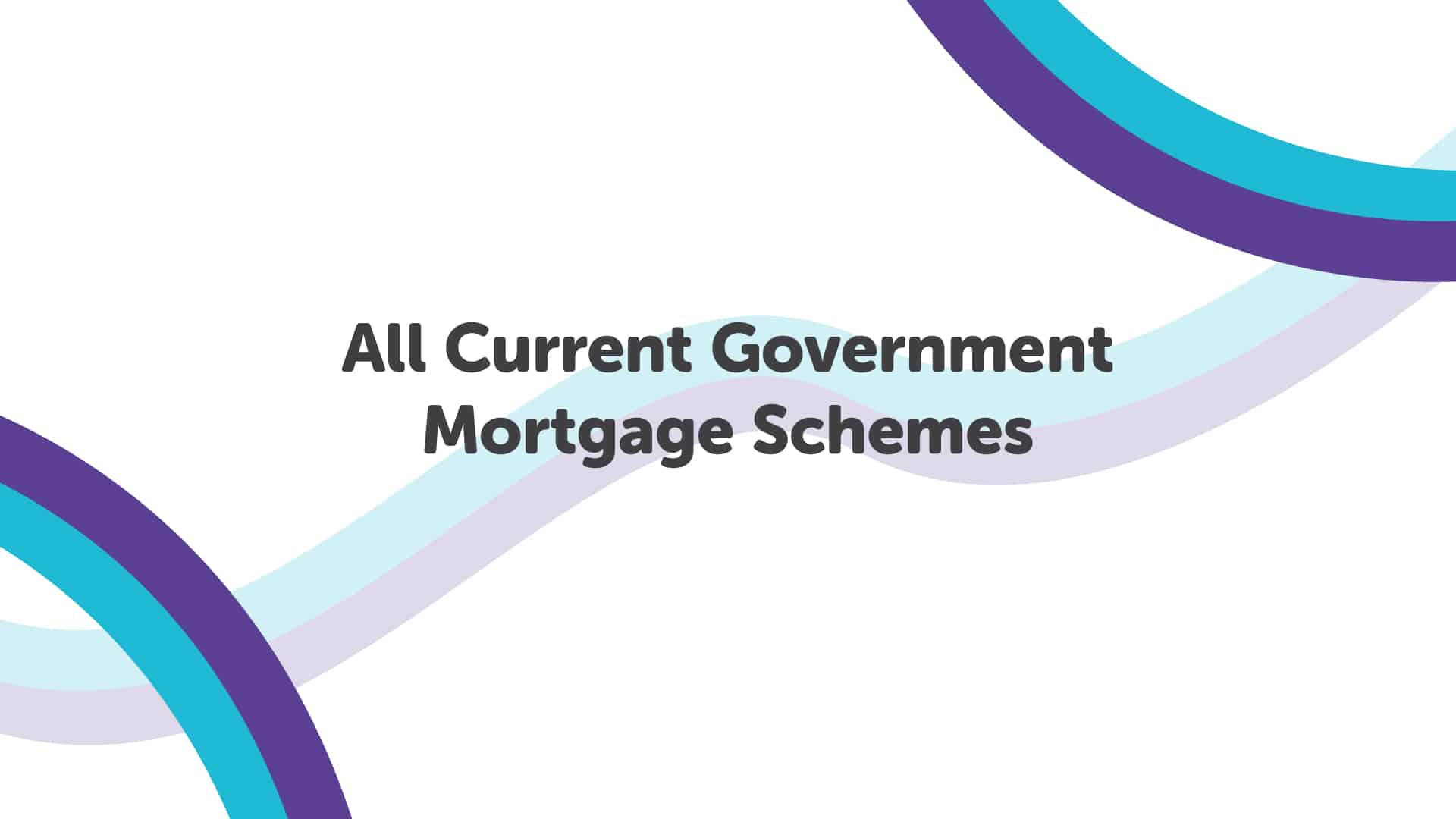When selecting a mortgage, deciding how long to fix your interest rate is key. A fixed-rate mortgage provides stability because your interest rate stays the same for a specific period, usually between two and ten years.
The right duration for your fixed-rate mortgage will depend on your financial circumstances, future plans, and current market conditions. Whether you’re a first time buyer in Leeds or looking to remortgage, understanding your options can help you make the best choice.
Understanding Fixed-Rate Mortgages
A fixed-rate mortgage locks in your interest rate for a specific period, ensuring your monthly payments remain the same. This can be particularly helpful for budgeting, as it protects against fluctuations in the Bank of England base rate or other market changes. Fixed-rate terms can range from short-term options like two or three years to longer commitments of up to ten years.
Benefits of Short-Term Fixed Rates (2 to 3 Years)
Choosing a shorter fixed rate, such as two or three years, offers flexibility and lower initial interest rates. This option might suit you if you anticipate changes in your financial situation or expect interest rates to decrease. For example, a first-time buyer in Leeds may prefer a shorter fix to take advantage of potentially lower rates in the near future.
Short-term fixes allow for more frequent remortgaging, which could help you secure better deals as your financial circumstances differ. However, be mindful that this also means you could face higher rates after the fixed term ends, or incur fees for switching mortgages more frequently.
Why Choose a Medium-Term Fixed Rate (5 Years)?
A five-year fixed-rate mortgage is a popular choice for many, providing a balance between stability and flexibility. This term can be ideal if you’re looking for security in your mortgage payments but also want the option to adjust in a few years. A medium-term fix can be particularly beneficial if you’re planning home improvements and need the certainty of fixed payments to budget effectively.
This option is often suitable for homeowners who intend to stay in their property for a while but may want to remortgage for home improvements or other financial needs. A five-year fix helps avoid the frequent renegotiations required with shorter terms, while still providing some flexibility.
Advantages of a Long-Term Fixed Rate (10 Years)
A ten-year fixed-rate mortgage offers the most extended period of stability, locking in your interest rate for a decade. This is a good option if you value predictability and want to avoid the hassle of remortgaging every few years. It can be especially advantageous during periods of low interest rates, as it protects against potential rate increases in the future.
For those planning to stay in their home for a long time, such as families or those settled in their career, a ten-year fix can provide peace of mind. However, it’s important to consider that if interest rates fall, you could miss out on savings, and there might be early repayment charges if you decide to move or refinance before the term ends.
Date Last Edited: September 3, 2024















